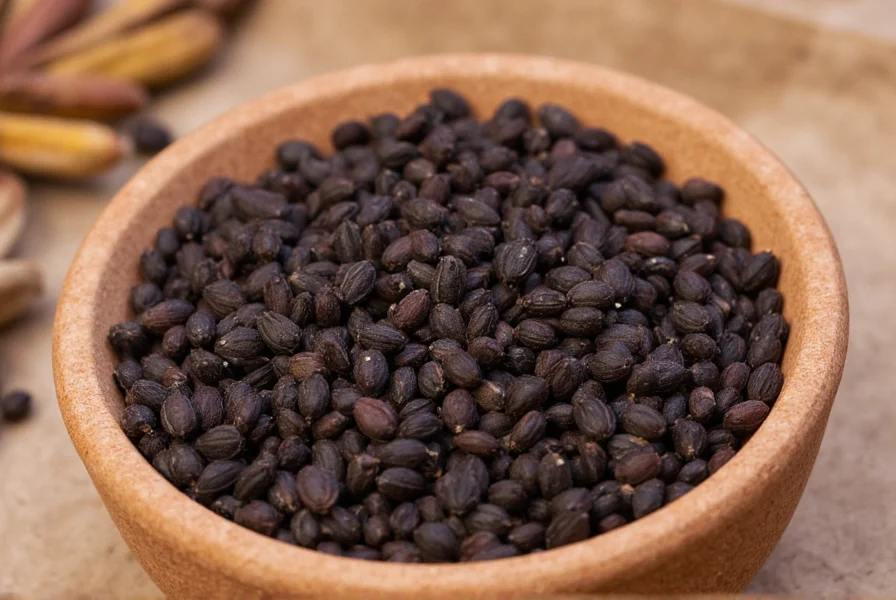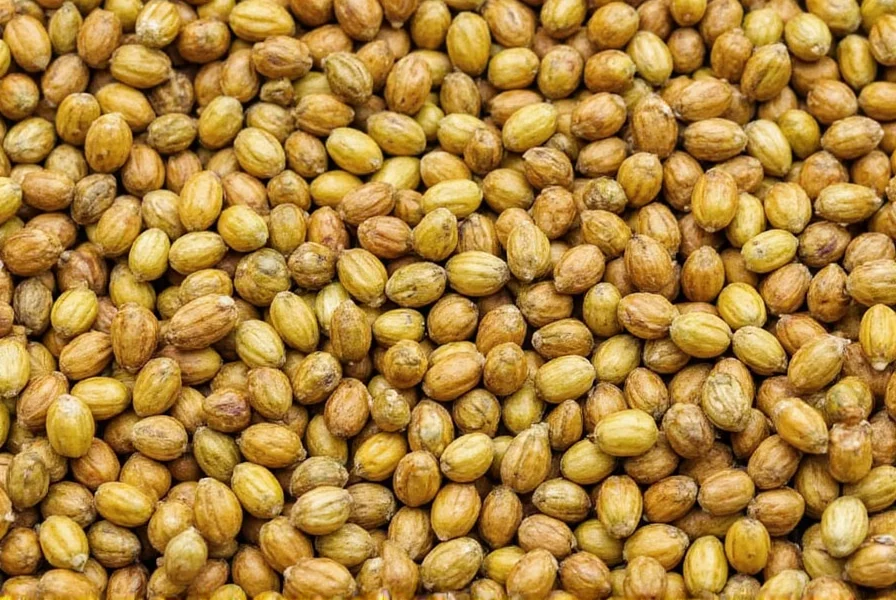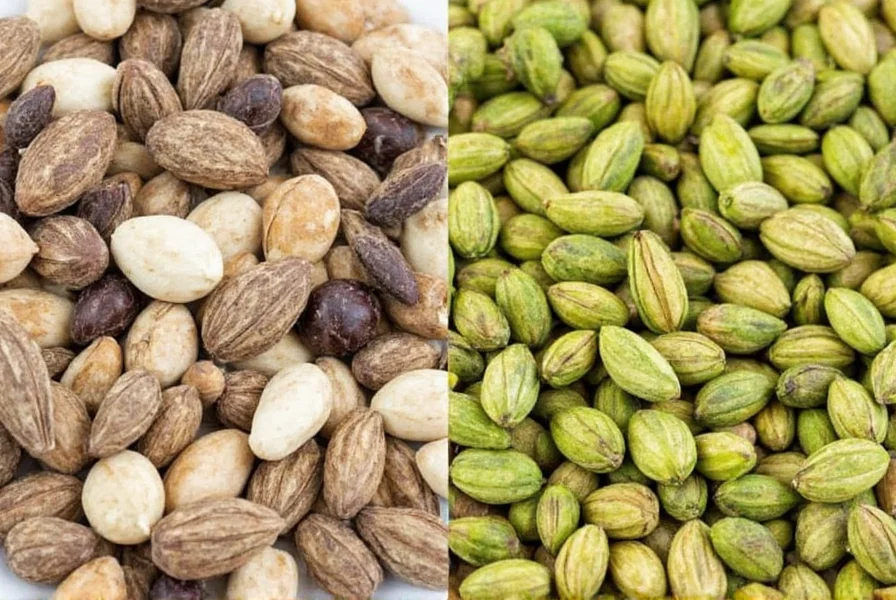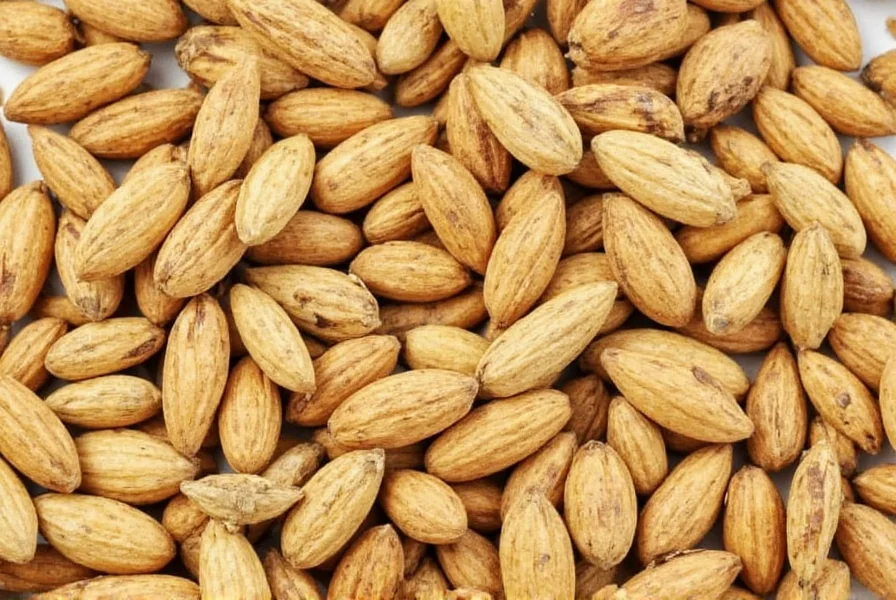Black Cardamom vs Green: Which Spice Reigns Supreme in Your Kitchen?
Table of Contents
- Introduction
- What Is Black Cardamom?
- What Is Green Cardamom?
- Head-to-Head Comparison
- When to Use Each Spice
- Buying Guide
- Conclusion
Introduction
If you’ve ever wandered through a spice market or browsed an international grocery aisle, you might have come across two distinct varieties of cardamom: black and green. While both are members of the ginger family and often lumped together under the name “cardamom,” they couldn’t be more different in flavor, aroma, and culinary use.
In this post, we’ll take a deep dive into black cardamom vs green, exploring what makes each unique, how they’re used in global cuisines, and when to reach for one over the other. Whether you're a seasoned chef or a home cook just beginning your spice journey, this guide will help you elevate your dishes with confidence.
What Is Black Cardamom?
Black cardamom, also known as brown cardamom or winged cardamom, comes from larger, rougher pods than its green counterpart. It’s primarily grown in regions like India, Nepal, and Bhutan and is usually dried over open flames, giving it a smoky undertone.

Flavor Profile
- Bold, woody, and slightly camphoraceous
- Smoky finish due to traditional drying method
- Earthy with hints of mint and resin
Common Uses
- Used in savory dishes like curries, stews, and biryanis
- Favored in Indian regional cuisine, especially in Kashmiri and North Indian dishes
- Sometimes added to spice blends like garam masala (depending on region)
What Is Green Cardamom?
Green cardamom is the more globally recognized form of cardamom. Often called true cardamom, it’s smaller in size and has a smoother pod. It’s cultivated mainly in India and Guatemala and prized for its sweet, floral aroma.

Flavor Profile
- Sweet, floral, and citrusy
- Fragrant with notes of eucalyptus and mint
- Mildly spicy with a bright aftertaste
Common Uses
- Used in both sweet and savory dishes
- Popular in Middle Eastern, Scandinavian, and Indian desserts
- Essential in chai tea, kheer, and rice pudding
Head-to-Head Comparison: Black vs Green Cardamom
| Feature | Black Cardamom | Green Cardamom |
|---|---|---|
| Scientific Name | Amomum subulatum | Elettaria cardamomum |
| Pod Appearance | Olive-black to dark brown, wrinkled | Light green to yellowish, smooth |
| Drying Method | Smoke-dried | Naturally sun-dried |
| Flavor Notes | Woody, smoky, earthy | Sweet, floral, citrusy |
| Culinary Use | Primarily savory | Both sweet and savory |
| Price | Cheaper than green cardamom | Expensive (second most costly spice after saffron) |
When to Use Each Spice
Use Black Cardamom When:
- You're making a hearty curry or stew that can handle bold flavors
- Looking for a smoky depth similar to chipotle or smoked paprika
- Preparing regional dishes like biryani or North Indian mutton recipes
Use Green Cardamom When:
- You want to infuse a dessert with aromatic sweetness
- Brewing chai tea or spiced coffee
- Adding a floral note to pilafs or yogurt-based sauces

Buying Guide: Choosing Between Black and Green Cardamom
Whole Pods vs Ground
- Whole pods retain freshness and potency much longer than ground versions.
- Ground cardamom is convenient but loses flavor quickly — grind only what you need.
Storage Tips
- Store in an airtight container away from light and heat.
- Keep whole pods sealed and whole — exposure to air accelerates flavor loss.
Quality Indicators
- Pods should feel heavy for their size (this indicates high oil content).
- Avoid discolored or brittle pods — they’ve likely lost potency.
Recommended Products
Best Whole Green Cardamom Pods
- Brand: Simply Organic
- Features: USDA organic, fair trade certified
- Advantages: Strong aroma, consistent quality
- Use Cases: Chai, desserts, pilaf rice
- Target Audience: Home bakers, tea lovers, gourmet cooks
- Occasions: Holiday baking, everyday tea prep
Best Black Cardamom Pods
- Brand: Everest Spices
- Features: Authentic Himalayan variety, smoke-dried
- Advantages: Intense flavor, great value
- Use Cases: Curries, meat dishes, spice blends
- Target Audience: Indian cuisine enthusiasts, slow-cooking fans
- Occasions: Family meals, festive cooking
Conclusion
The choice between black cardamom vs green really comes down to what you’re cooking and what flavor profile you want to achieve. Both spices bring something unique to the table, and neither is inherently better than the other. Understanding their differences allows you to make informed decisions in the kitchen and opens up a world of exciting culinary possibilities.
So next time you're at the store or planning a recipe, don't just grab any cardamom — think about which one will truly enhance your dish. With this guide in hand, you’re ready to spice things up with confidence and creativity!











 浙公网安备
33010002000092号
浙公网安备
33010002000092号 浙B2-20120091-4
浙B2-20120091-4